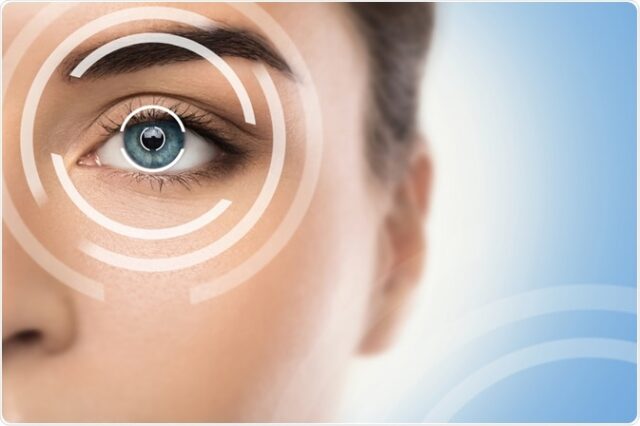LASIK (Laser-Assisted in Situ Keratomileusis) is a refractive surgery. It fixes vision problems that are caused by refractive errors.
When the light rays fall on your eyes, the cornea refracts or bends the light onto the retina. The retina, then, turns light into signals for the brain. When the light is bent incorrectly, your vision becomes blurry. LASIK changes the shape of your cornea to ensure proper refraction onto the retina.
To fix refractive errors of the eye through LASIK, you need a trusted team of ophthalmologists like https://www.personaleyes.com.au/lasik.The three most common eye conditions that can be treated with LASIK surgery are:
1) Near-sightedness (Myopia)
People with myopia can view nearby objects clearly. However, distant objects appear blurry. The condition is caused when the cornea is not shaped correctly. For instance, the cornea can be too curved or too long. As a result, the light entering the cornea is not appropriately focussed onto the retina, thus causing a blurry image.
LASIK treatment for myopia involves the use of two lasers: femtosecond laser and excimer laser. The femtosecond laser enables the creation of the corneal flap. The excimer laser is used to remove microscopic amounts of the cornea to create the correct corneal curvature.
2) Far-sightedness (Hyperopia)
In far-sightedness, objects that are nearby appear blurry. For instance, a person with hyperopia cannot read a book without their glasses or contact lens. Hyperopia is a prevalent issue among young adults. In farsightedness, the light rays are focussed behind the retina due to the misshape of the cornea.
During the LASIK procedure, the doctor reshapes the corneal tissue to ensure proper focusing of light onto the retina. LASIK cannot be used when hyperopia is caused due to the curvature of your lens. The procedure for treating hyperopia is similar to myopia.
Note: Hyperopia shares its symptoms with another condition called presbyopia. While both are related to near vision issues, they are two different conditions that must be treated differently.
3) Astigmatism
LASIK can be used to correct astigmatism (mild to moderate) permanently. It occurs when the cornea is more oval-shaped than round. As a result, objects in your sightline appear blurry. Other signs of astigmatism include blurry vision during the nights, eye pain, squinting to see more clearly, and headaches.
Astigmatism can occur in adults and children. To be eligible for LASIK treatment for astigmatism, your condition must be regular, less than six diopters, and have overall good corneal health.
Is LASIK Surgery Right For You?
LASIK surgery has an excellent track record. Most people going through this vision correction procedure are delighted with the results. Minor side-effects such as dry eyes and glare vanish off within a few weeks. LASIK totally eradicates the need for glasses or contact lens, permanently.
Eligibility for LASIK surgery depends on specific requirements. Some of them are,
- The refractive error of the patient must be treatable with LASIK.
- Good overall eye health.
- A stable refractive error.
- Age – 18 years or above.
To know more about LASIK eligibility, you can talk to expert ophthalmologists.
















































































